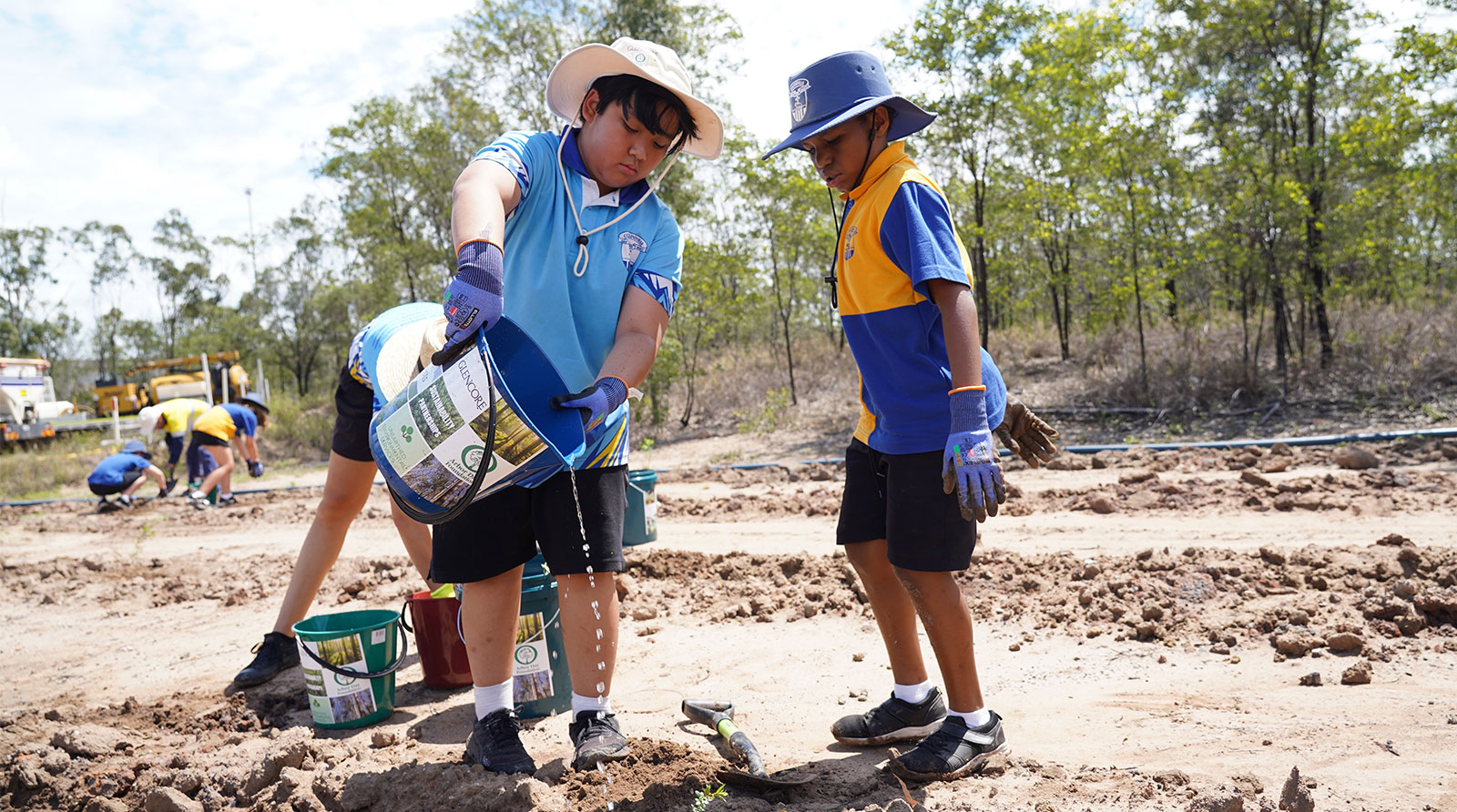400,000 Ways to Reduce CO2

Dr. Christopher Barton, 2021 Fulbright Distinguished Chair in Science, Technology and Innovation (Funded by CSIRO)
As a Fulbright Scholar, Chris worked with CSIRO, university scientists, conservation groups and mining companies in Australia to promote reforestation in Queensland and the Hunter Valley. His Fulbright led to far more than just ideas.
Sequestration of carbon by forests has been identified as a tangible method for limiting the rise of CO2 in the atmosphere and mitigating climate change. The Intergovernmental Panel on Climate Change (ICPP) recently reported that an increase of 1 billion hectares of forest on Earth could limit global warming to 1.50C by 2050. Where these 1 billion hectares, or approximately 1 trillion trees, will go is a tricky question.


With concern about global food shortages and increased wildfires in a changing climate, forest establishment on productive agricultural lands and areas near urban centers would be discouraged. However, disturbed lands that were previously forested and marginal agricultural lands would be suitable if soils can facilitate forest growth.
In the US, millions of hectares of forest have been lost or disturbed, producing significant economic, environmental, and ecological challenges. Similar land disturbances have occurred in Australia. Successful rehabilitation and revegetation of disturbed lands are vital for mitigating climate change and protecting biodiversity.
As a Fulbright Scholar I have promoted techniques for disturbed land rehabilitation following methods developed in the US. I gave seven seminars to groups from university, government, and professional affiliations that outlined the global transferability of my research. I also met with many NGOs, conservation groups, and private industry representatives to discuss potential projects and form collaborations.

These efforts have led to the planting of over 400,000 trees on disturbed landscapes at five locations in Queensland and New South Wales and the resulting forest will sequester thousands of tons of carbon dioxide. In addition, over 150 local school children helped plant trees on these sites and Traditional Owners were engaged to enhance community involvement in the work.
By improving our ability to rehabilitate disturbed lands we create new opportunities for areas that are often considered marginal, we protect biodiversity, improve environmental quality and contribute significantly to the development of a sustainable future for affected communities.

Copyright © 2021 – Fulbright


 Facebook
Facebook Twitter
Twitter Linkedin
Linkedin Instagram
Instagram